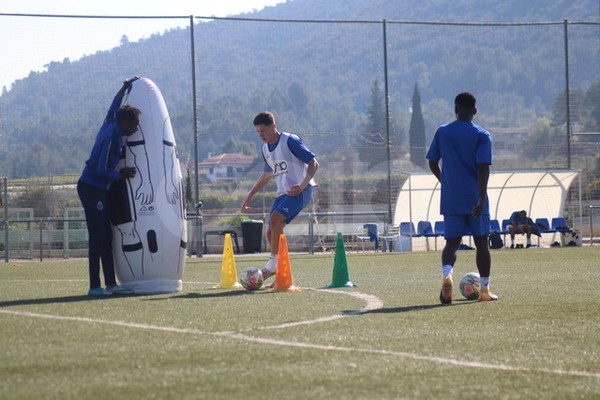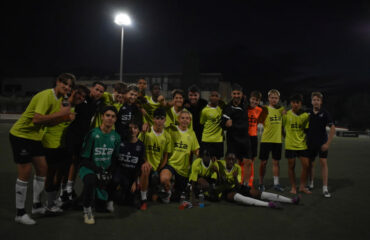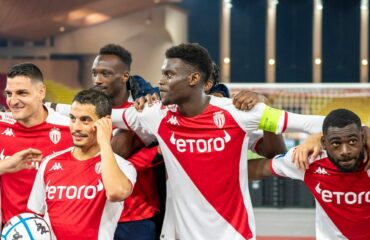A Training Methodology that respects the essence of the game of football
Methodology that respects the ideas of the coach and the potential of the players.
What is the essence of the game of football?
Similar ideas for the game? Identical ways of thinking about training? Similar leadership?
Each coach has a conception of the Gamein his head. An idea of the Game in his head that he will try to implement in the best way possible.
An idea of the Gamewith variouselements, or principles, for when his team has the ball and for when they don’t have it!

An idea of the Gamewith variouselements, or principles, for when his team has the ball and for when they don’t have it!
When you have possession, what kind of dynamics are you using? And when you don’t have the ball, how to get it back?
What identity do you want for your team?
By systematisingthe ideas… “The principles and sub-principles of each team’s playing style are born!
The coach’s idea of the Game is the starting point,the theory, the perfect scenario, where what he wants to do can be done all the time. But this theory, this idea, is then influenced by everything that surrounds the team, by the whole context: the country where the team plays, the city, the club, the fans, the individual quality of the players, their own past experiences…
The intersection between the idea of the coach and the context of the environment determines his Game Model, which is nothing morethan his idea (the theory), interacting with the whole context. If the Game’s idea is the theory (the starting point), the Game Model will be the practice (the point where we want to go to).

What is TACTICAL PERIODISATION?
It is a Methodology that focuses on training with a focus on the Game
But… what are we going to train? Always and at all times… Our Game…
And, what kind of exercises will we use?
We will use practices to train “our” Game…
So…we will train just exercises?
NO! We are going to train the game principles of Our Game…
– Major Principles (or Macro principles)
– Sub – Principles (or Micro principles)

And how are players going to start playing “Our” Game?
When in training, they understand what the coach wants and start doing it many times.
Doing what? Deciding according to the reference points of the Game and interacting with their peersfirst with individual efficiency and then later with collective efficiency.
When that interaction becomes normal, and when high levels of efficiency are achieved, it is easier for you to start seeing a Pattern more often… An Identity…

The goal of the methodology we use is to develop habits created through a particular mind-habit relationship. Between the previous intentions (the principles, and the coach’s model of the Game), and the intentions in action (the practice of those principles), so that they are transformed into dominantly unconscious actions. In this case,it is clear for the players what they have to do and what their teammates are thinking.
All exercises should be performed at maximum intensity, and only by being 100% focused on the task, high levels of performance can be achieved.
How to choose what is essential to train?
By analysing our performance (collective and individual) and prioritising what is the most important at any given moment, so that we can always be closer to playing the way we want to play.
And how to decide which are the best exercises to use?
For this, we have to take into account what the exercise gives us to be able to improve in terms of the Game, be it on a collective, sectorial or individual level. In this case, we also have to focus on the complexity of the exercise and its physical and physiological dimension because we should not put too much load on the players so, that they can train and compete at their peak level for a long time.
And do we train the same things every day?
NO, because we have to respect recovery. Is recovery as important as performance? YES, because when there is training…there has to be fatigue…and recovery…so that our players can train (and fatigue) again…and recover again. We achieve this by alternating training, playing with several factors at the same time, managing training spaces, practice time, recovery time, number of players and number of opponents.
Managing all these factors allows us to guarantee that our players will always be recovered to train every day, because every day the type of fatigue is different, which helps to recover from day to day…
What we are looking for with our teams and also with our players is:
RESPECT INDIVIDUAL TALENT BY CREATING A COLLECTIVE TALENT!






